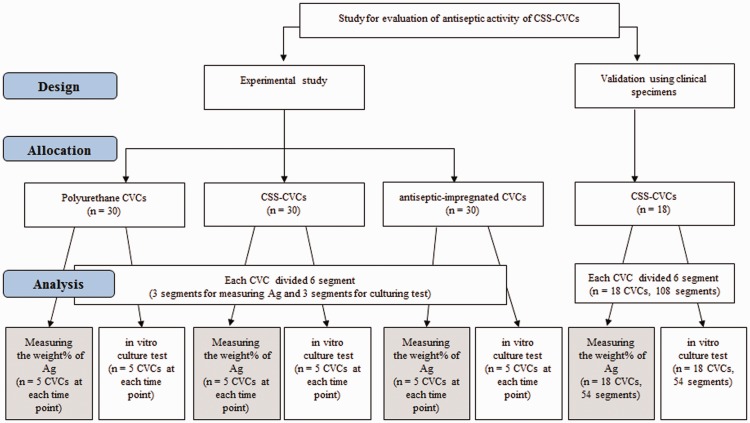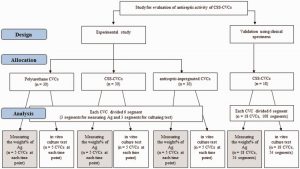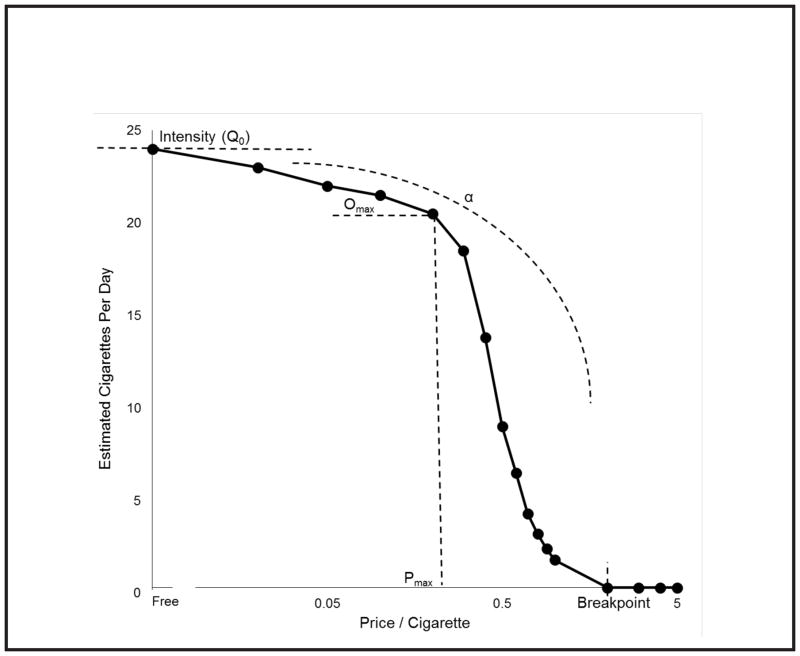
Chlorhexidine and silver sulfadiazine coating on central venous catheters is not sufficient for protection against catheter-related infection: Simulation-based laboratory research with clinical validation.
Objective The efficacy of chlorhexidine- and silver sulfadiazine-coated central venous catheters (CSS-CVC) against catheter-related an infection stays controversial. We hypothesized that the lack of silver nanoparticles might scale back the antibacterial efficacy of CSS-CVCs and that this loss may very well be as a result of frictional power between the floor of the CVC and the bloodstream.
The goal of this research was to research whether or not the antimicrobial impact of CSS-CVCs decreases with rising publicity time in a bloodstream mannequin and quantitatively assay the antimicrobial impact of CSS-CVCs in contrast with polyurethane and antiseptic-impregnated CVCs.
Methods Each CVC was subjected to 120 hours of saline circulate and analyzed at intervals over 24 hours. The analyses included energy-dispersive X-ray spectroscopy, scanning electron microscopy, and optical density after a Staphylococcus aureus incubation take a look at.
Results The weight share of silver within the CSS-CVCs considerably decreased to 56.18% (44.10% ± 3.32%) with 48-hour catheterization and to 18.88% (14.82% ± 1.33%) with 120-hour catheterization in contrast with the preliminary weight share (78.50% ± 6.32%). In the S. aureus incubation take a look at, the antibacterial operate of CSS-CVCs was misplaced after 48 hours [3 (N/D) of OD].
Similar outcomes have been noticed in a pilot clinical research utilizing 18 CSS-CVCs. Conclusions We discovered that the efficacy of CSS-CVCs decreased over time and that the antibacterial operate was misplaced after 48 hours of simulated wear-out. Therefore, antibiotic-impregnated CVCs could also be a greater choice when longer >>48 hours) indwelling is wanted.

A 13-week research-based biochemistry laboratory curriculum.
Here, we current a 13-week research-based biochemistry laboratory curriculum designed to supply the scholars with the expertise of participating in unique research whereas introducing foundational biochemistry laboratory strategies.
The laboratory expertise has been developed across the directed evolution of an enzyme chosen by the teacher, with mutations designed by the scholars. Ideal enzymes for this curriculum are in a position to be structurally modeled, solubly expressed, and monitored for exercise by UV/Vis spectroscopy, and an instance curriculum for haloalkane dehalogenase is given.
Unique to this curriculum is a profitable implementation of saturation mutagenesis and high-throughput screening of enzyme operate, alongside with bioinformatics evaluation, homology modeling, structural evaluation, protein expression and purification, polyacrylamide gel electrophoresis, UV/Vis spectroscopy, and enzyme kinetics.
Each of those strategies is carried out utilizing a novel student-designed mutant library or enzyme variant distinctive to the lab crew and, importantly, not described beforehand within the literature. Use of a well-established set of protocols promotes scholar information high quality.
Publication might consequence from the unique student-generated hypotheses and information, both from the category as an entire or particular person college students that proceed their impartial initiatives upon course completion. © 2017 by The International Union of Biochemistry and Molecular Biology, 45(5):437-448, 2017.



